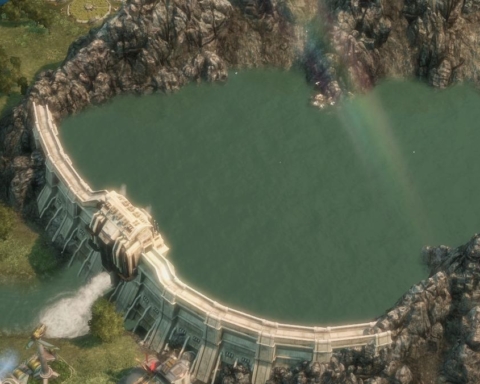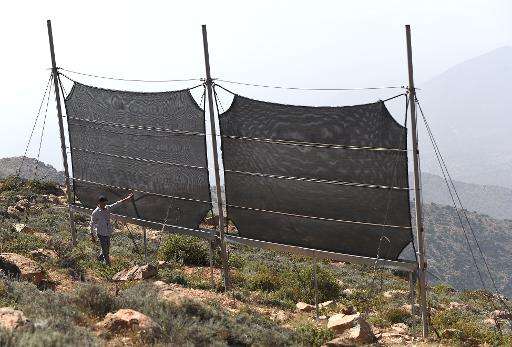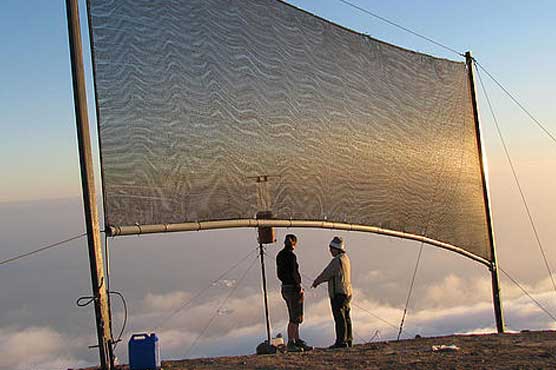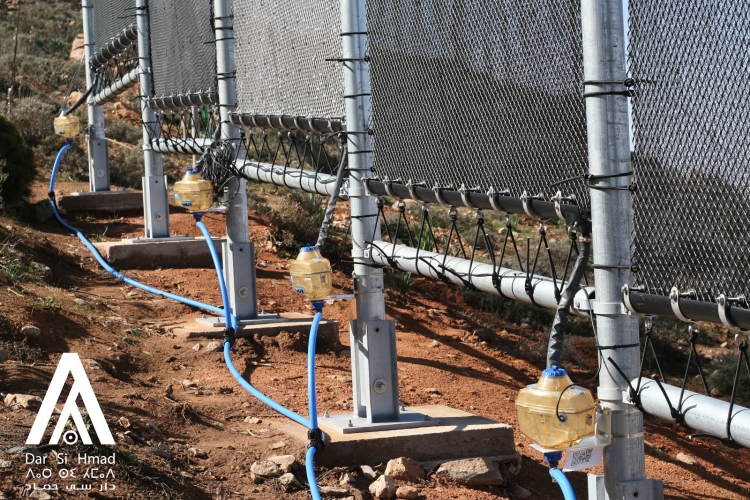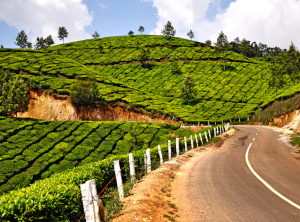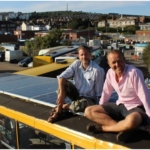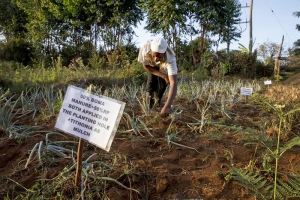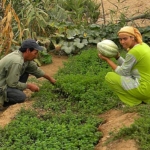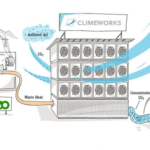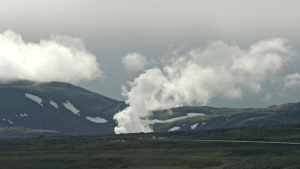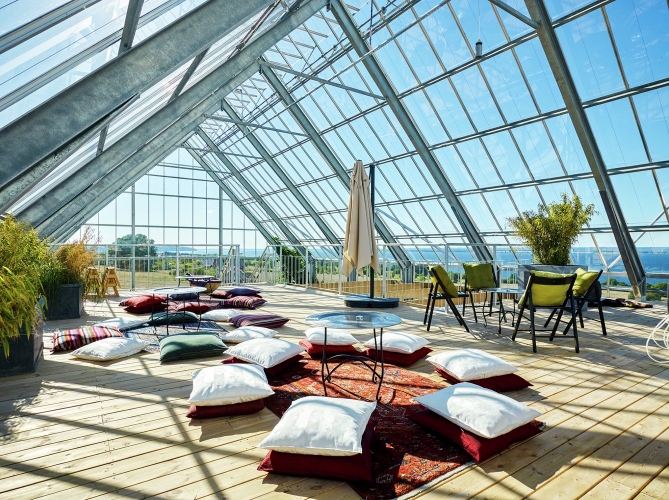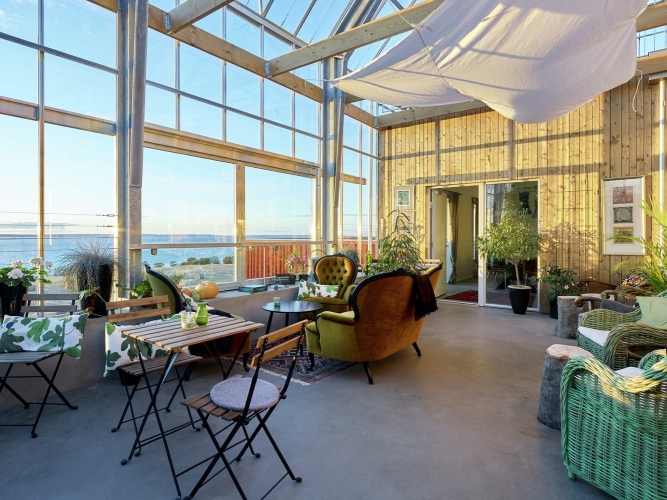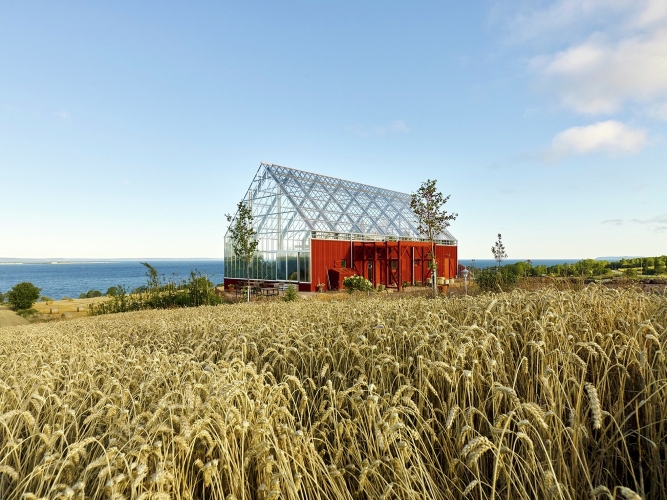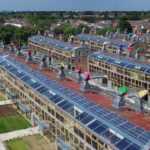Morocco converts fog into drinking water!
Since 2014, these black nets provide water to five villages. Their secret? They capture the millions of micro droplets in the fog! At first glance, these big black nets stretched vertically in the middle of nowhere have no reason to be. Yet, they perform a task as surprising than essential: they transform the fog … drinking water! Focus on an invention that changes the life of entire villages.
This funny installation is 1225m above sea level on mountain Boutmezguida. This is where in Morocco that water harvesting from fog is carried out since 2014!
The principle is surprising but it is nevertheless very basic. Nets (with a total area of 600m2) capture micro-droplets present in the mist, with a pipe; carry them one by one in a large basin. Once the water is collected, it is filtered and then piped to 5 small villages at the foot of the mountain!
This is not the first time that such a system is used. The idea was born in Peru in 2006. Aissa Dehrem, the president of the Dar Si Hamed for development, education and culture association, who originated the project, told National Geographic: “I immediately thought that the concept could be imported here. Especially when I saw the TV antennas installed in Botmezguida collecting mist of water condensed in the air. ”
Nets capture micro-droplets present in the mist
It was well seen. Adapted to the Moroccan climate, these nets now provide the daily needs of 500 people! “Before, women and children had to walk more than three hours a day to fetch water. And when the well was dry, they had no choice but to buy water at a high price. ”
Water for all and for all time! A remarkable initiative that reminds us how the precious liquid is rare and should be cherished.



